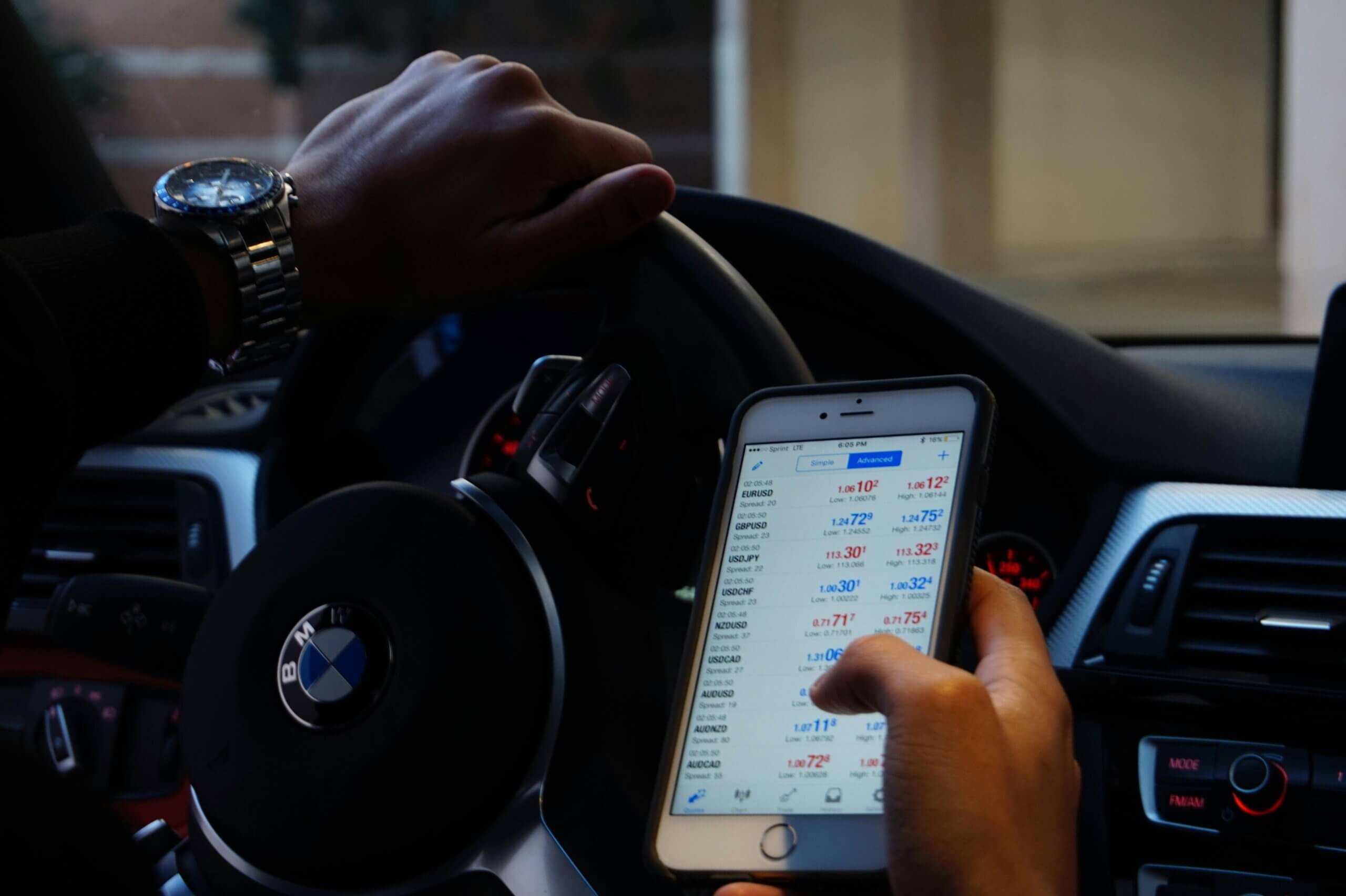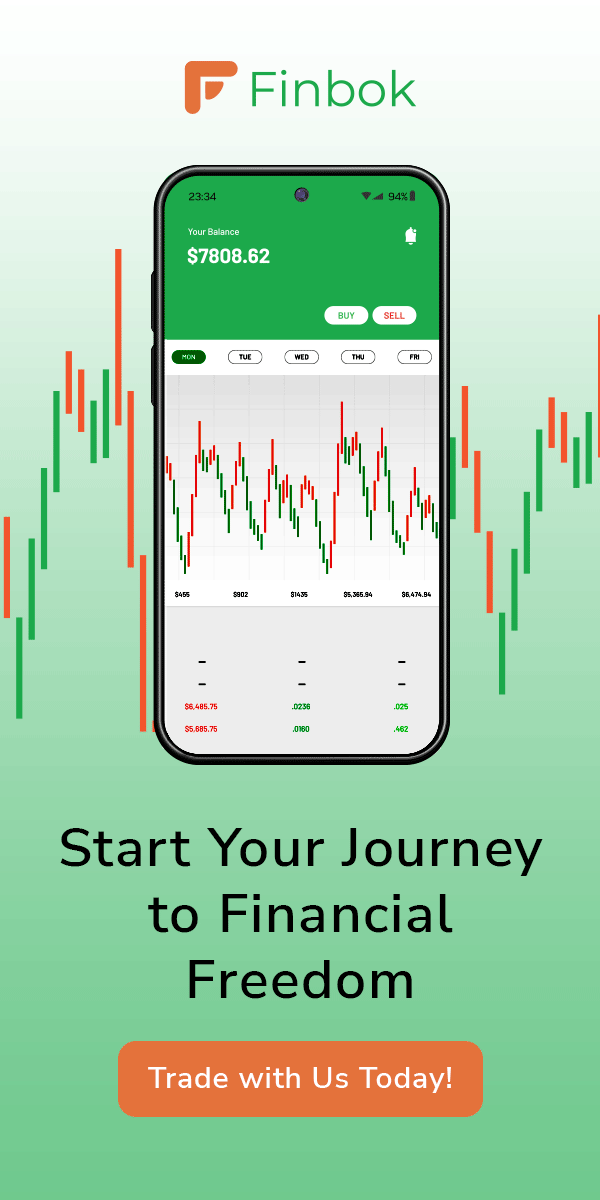Forex trading (or foreign exchange trade) is about the purchase and sale of currencies on the forex market to make a profit.
It is the biggest and most liquid market in the world. It is often called the market without a buyer and seller since here each participant acts as both a buyer and a seller.
The Forex market uses several main types of currency, and the list is constantly updated due to the active development of global economics. The forex trading terminology contains various concepts connected with.
Getting started with forex trading today comes with its own set of challenges. Still, by following best trading practices, such as perfecting your forex strategy, learning advanced trading tools, and using effective risk management approaches, you can increase the odds of achieving your trading goals.
Other important skills include learning how to stay stationary in variety, constantly adapting, and making sense of the ever-evolving market forces.
Start forex trading now and realize your full potential of forex trading with dedication, persistence and a willingness to learn you can certainly succeed.

Forex Trading and Market Influences
Economic data like employment figures, along with geopolitical events and other market sentiment, are all market movers that either involve direct market impacts or alter the sentiment on whether or not a particular market movement is beneficial.
For example, the greenback firmed on Tuesday on the heels of a better-than-expected retail sales report, lacking the punch to alter Federal Reserve interest rate expectations. US retail sales were steady in June, versus economists’ forecasts for a 0.3% drop, showing consumers were in better shape than expected, potentially bumping up expectations for the second quarter’s gross domestic product.
‘It’s not the total number, but it’s the ex-autos number, which was up a lot more than expected,’ Joseph Trevisani, senior analyst at FX Street in New York, told Reuters of the muted upbeat reading.
‘Auto sales are being dragged down by interest rates so aside from that and of course, the housing market it appears to us the consumer’s still doing OK and that’s the base of the US economy.’
Other data showed import prices didn’t increase in June, as a rebound in food prices was offset by lower energy prices, giving the Federal Reserve some room to cut interest rates this year. The dollar index, which tracks the greenback against a basket of currencies, rose 0.17% to 104.42. The Japanese yen fell 0.41% against the greenback to 158.64 per dollar.
Markets fully price in a 25 basis points rate cut at the Federal Reserve’s September meeting, while futures traders continued to bet on one more quarter-point cut for December and possibly three for the first quarter of next year, according to CME’s FedWatch Tool.
Sterling lost 0.12% to $1.2951 ahead of UK inflation data due on Wednesday and the euro fell 0.14% to $1.0879 ahead of a European Central Bank policy meeting due on Thursday. The ECB is expected to keep rates on hold, so market attention will turn to remarks by new president Christine Lagarde for guidance as to when the next rate cut could come after a 25 basis point cut in June.
You have to keep up to date with all these things and understand what impact they have on the forex market. If you know when important economic data is going to be released, or when a central bank is likely to act, or when an important geopolitical event will take place, you can anticipate what the markets are going to do, and be prepared to adjust your trading accordingly.
Forex Trading Fundamentals You Must Know
In forex trading, individuals trade currency pairs and quotations of two different currencies: the base currency and the quote currency. For example, in the pair EUR/USD, the Euro is the base currency, and the U.S. dollar is the quote currency. The price of a currency pair is defined by how many units of the quote currency are needed to buy one unit of the base currency.
One of the first things you need to learn as you start to experiment with forex trading is the various currency pairs and how to interpret the forex trading charts. The latter shows how the pairs of currencies are exchanged for prices over time.
Forex Trading Strategies for Success
Creating successful forex trading strategies is crucial for traders who want to be successful in the forex trading platform. There are many ways to trade in forex, and every style has its own rules and methods.
Technical analysis is a ubiquitous trading strategy in spot forex. It capitalizes on the assumption that historical price data can forecast the direction of future price movements. Traders who employ this type of technical analysis often employ a variety of tools and indicators, such as moving averages, Bollinger Bands, and the Relative Strength Index (RSI), which reveal or anticipate possible patterns and trends in the markets.
Fundamental analysis, one of the most common approaches, examines factors that influence the market – such as economic indicators, geopolitical developments, stages in the business cycle, and so on – to predict future currency prices.
Traders might examine interest rate decisions, employment reports, gross domestic product growth, and other indicators to assess the state of an economy and predict how its currency will perform based on its strengths and weaknesses.
This combination of technical with fundamental analysis can offer a fuller picture of the forex trading field and it may help you to improve your trading results. Make sure you practice your forex trading strategy before you commit any real money to a live account, so you can test it first in a demo account where there are no real losses to worry about.
Forex Trading Tools and Platforms
In essence, forex trading tools and platforms have the potential to level the playing field, adding value to the trading process and making the entire experience more efficient by offering insights into buying.
Nearly all forex trading platforms provide real-time quotes, charting tools, and automated trading possibilities: MetaTrader 4 (MT4) and MetaTrader 5 (MT5) are among the most widely used by forex traders. These platforms offer attractive and easy-to-use interfaces, robust functionality, and a rich selection of tools and indicators.
Alongside the markets themselves (the places where trades are bought and sold), there is a range of other systems designed to help you trade forex. Economic calendars show details of upcoming economic events and data releases that are likely to drive currency movements. News feeds and analysis reports keep you updated about developments in the markets and help to ensure you make sensible trading decisions.
Forex Trading Risks and Management
Forex trading shares many similarities with other investment formats. It involves the risk factor and consequently needs to be properly managed by solid risk management methods to avoid losing capital, increasing winning probabilities, and becoming truly successful in your forex trading game.
Another important risk management practice is placing stop-loss orders. Think of a stop-loss order as a kind of insurance.
For example, if you set a stop-loss order at, say, 50 pips below your entry price, your trade will automatically be closed at 50 pips below your entry level. So, if you bought EUR/USD at 1.1450 and set your stop at 1.1350, your trade would be closed automatically if at any point, the market moves down by the amount of your stop (1350 points). Even if the market moves against you by a thousand pips, you exit automatically when it reaches your stop level (1.1350).
The second pillar of risk management is position sizing.
If you already have a handle on your risk tolerance, as well as the size of your account, you can determine the size of your initial position that preserves your equity based on those important parameters. With tight position sizing, a series of losing trades won’t eat up your capital.
The second is diversification: don’t use all your capital on one trade (or one currency pair), spread it across your trades and currency pairs.
Furthermore, it is essential to be aware of the current market situations and to be prepared to change your strategies, as necessary, with the ongoing fluctuation of the forex trading market.
The nature of forex trading is ever-changing, so it is important to be flexible, and adjustable, to new information to be able to manage risk.

Forex Trading: Continuous Learning and Adaptation
As the forex trading market is extremely dynamic, traders have to learn and keep up to date with new market conditions continuously. You can always stay up to date with the market news and subscribe to forex trading webinars and forums for the exchange of forex trading ideas with others.
Learning never ceases – you are continually developing your strategies and enhancing your performance if you keep abreast of market trends and developments.
Online courses, webinars, tutorials, books, and articles written by market analysts and traders could be very helpful to quickly expand your knowledge and abilities in forex trading.
Furthermore, engaging in forex trading forums and communities can get you to meet new people from within the world of trading, exchange insights and feedback, and learn from each other’s experiences.
Being a part of the trading community may not just help you stay motivated and inspired, but could also help you sustain a constant desire to learn and grow.
Keep in mind that profitable forex trading is a constant learning experience: what you know today is not all you’ll know tomorrow. And if you keep these steps in mind as you learn and begin trading, you’ll be on your way to greater trading prowess.







